Empowering Lives Together
Seva Setu is a humble social initiative established to espouse the cause of every individual deprived of his/her fundamental rights.

Our Projects
We implement health, education, and welfare programs to uplift marginalized communities.

Citizen Care
Citizen Care helps villagers access government
schemes and services, reducing their time and costs.

Mother Care
Mother Care reminds pregnant and lactating women of essential health check-ups via phone calls and SMS.

Child Care
Child Care addresses malnutrition in young
children through detection, rehabilitation, and regular counseling.
Transforming Lives
Explore our Photo Gallery to see our impactful work in action, highlighting community programs and success stories.
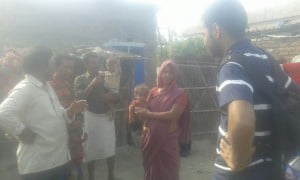
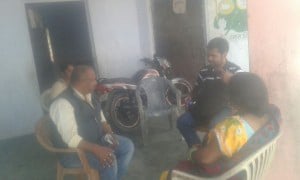
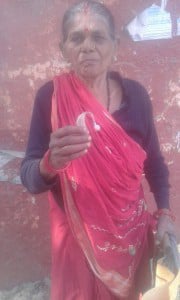
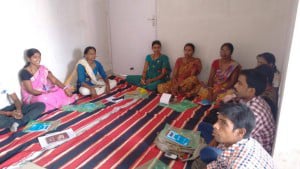
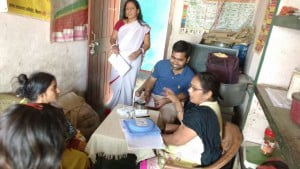
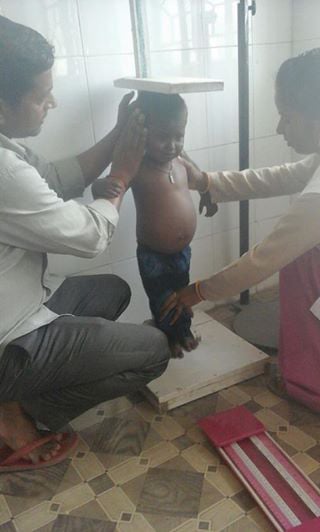
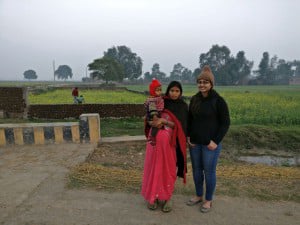

About us
Seva Setu is committed to ensuring fundamental rights reach every Indian. Focused on Bihar initially, we enhance access to healthcare and education through community-driven initiatives.
Why us?

Empowering Communities
We bridge the gap between government schemes and those in need, ensuring vital services.

Comprehensive Support
We assist individuals in accessing their fundamental rights and essential services.

Grassroots Impact
Our grassroots initiatives in Bihar and
Rajasthan create lasting, positive change.
Latest Blog Posts
Stay updated with our latest news and insights
 Citizen Care
Citizen Care
 Amit •
Mar 24, 2025
Amit •
Mar 24, 2025
On-ground issues – Seva Setu’s advocacy efforts
 Skills Training
Skills Training
 Amit •
Mar 24, 2025
Amit •
Mar 24, 2025
Hunarbaaz Babli!
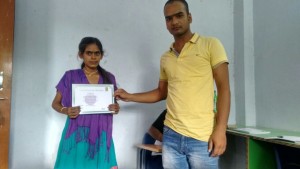 Skills Training
Skills Training
 Amit •
Mar 24, 2025
Amit •
Mar 24, 2025
